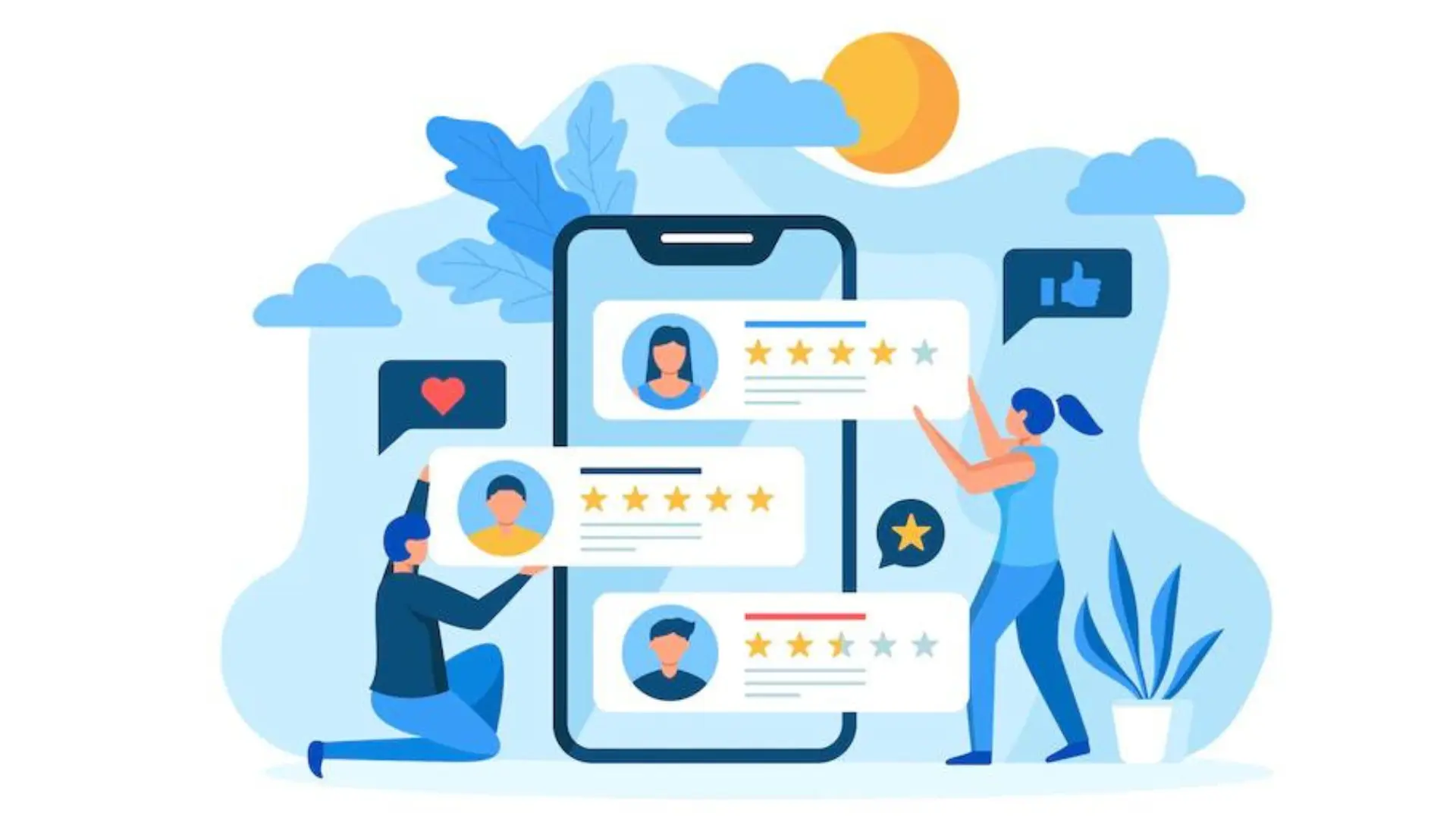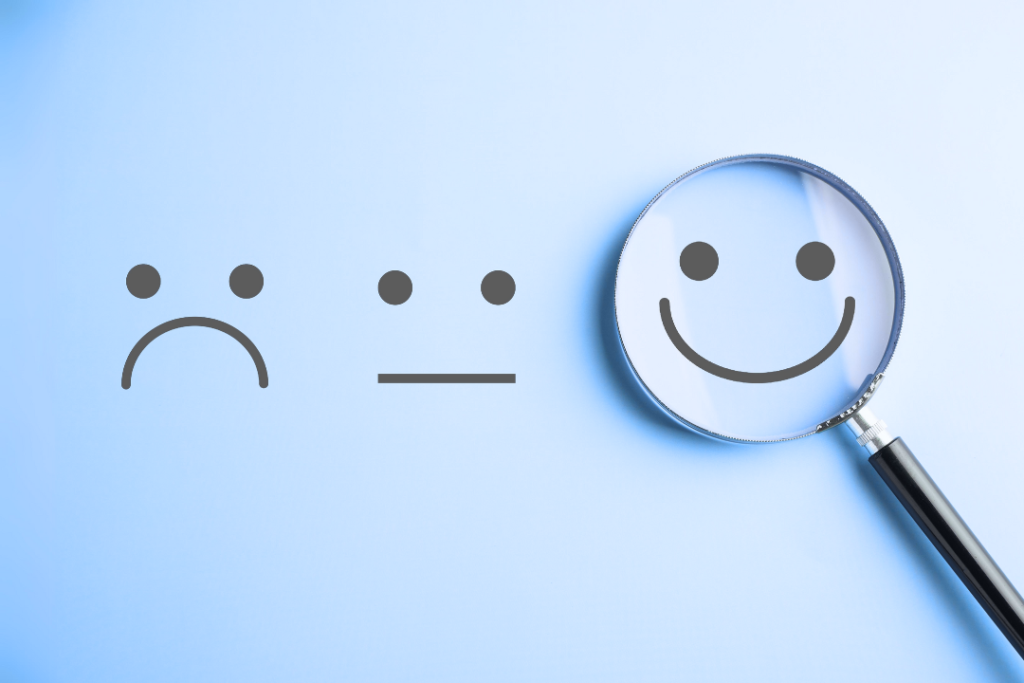
Feedback Loop – Most effective way to enhance business!
The phrase “feedback loop” refers to a strategy used in customer service to gather data on a customer’s interactions with a business in order to enhance both the experience for that specific customer and for customers in general.
In this post, we will cover the readers’ most frequently asked queries. Lets begin by understanding its meaning.
Feedback Loop Definition
The process of using a system’s outputs as inputs again is known as a feedback loop. This describes the process used in business to improve a service or product by leveraging employee or customer feedback (the results of a service or product).
Typically, it comprises three stages:
- Collecting data
- Data analysis for insight
- Making decisions based on that understanding
There are a minimum of four steps in every feedback loop. Input is created in the initial stage. Input is recorded and stored during the second stage.
Input is analyzed in the third step, and during the fourth stage, decisions are made using the knowledge gained from the analysis.
Unlock Unlimited Surveys & Responses with Fynzo Survey – 99% Features Free Forever!
⭐ Rated #1 Trending Survey Tool by Software Suggest ⭐
Why Choose Fynzo Survey?
- Unlimited Surveys: Create as many surveys as you need without any limits.
- Unlimited Responses: Collect unlimited responses effortlessly.
- 99% Free Features: Access nearly all our powerful features for free, forever.
- User-Friendly: Easy setup, create your survey in minutes.
Types Of Feedback Loops
There are two types of loops. One is a negative feedback loop and the other one is a positive feedback loop.
Important faults with a product or corporation are brought to light using negative and positive feedback loops. These loops use employee or consumer concerns to develop durable workplace or product improvements.
Here, we’ll examine the definitions of negative and positive feedback loops and give examples so you can make sure your business is utilizing constructive criticism from customers and staff to foster greater customer retention and a more positive work environment.
Negative Feedback Loop Definition
In a negative feedback loop, a business hears consumers’ complaints or grievances and uses that information to enhance its goods or customer service. It is regarded as a loop since a circle is formed when the consumers’ feedback (output) is used as helpful input for redesigning their product.
Customers feel valued and respected by the business, and are more likely to become steadfast brand champions. The business’s design is modified to raise customer happiness, which benefits both businesses and customers.
Negative Feedback Loop Example
To further grasp the negative loophole, let’s look at its examples. Anstice makes up one of them.
Anstice used the voice of the customer techniques to analyze open-ended replies to surveys it distributed to the public to learn what they thought about developing a significant infrastructure project.
Anstice was able to provide the planning and design team for the infrastructure project with feedback-based recommendations once they had gathered the necessary insights.
Positive Feedback Loop Definition
When a business leverages employee grievances and critiques to enhance the working environment, business operations, or internal functions and processes, it is said to be in a positive feedback loop.
Formal interviews, such as onboarding or exit interviews, as well as surveys containing multiple-choice and/or open-ended questions, can be used for this. Another option is for it to be casual, allowing staff to post or write anonymously about issues on a regular basis.
Positive Feedback Loop Example
Let us take the example of Dell to understand the positive feedback loop in a much better way.
Dell used automation to analyze 10,000 employee satisfaction questionnaires as part of their feedback loop, allowing them to identify problems earlier and apply the knowledge they obtained to enhance the environment.
The following features received the most feedback from Dell employees: Break Area, Food Service, Gym, Meeting Room, Office Environment, Parking, and Technology.
Uses Of Feedback Loops
The use of feedback loops is crucial in closed-loop control systems. These can be used in a wide range of industries, including
- A feedback loop, as used in computer science, is an indefinite series of instructions that can be supplied to a computer without an end in sight.
- These are applied to programs during software development to find any bugs or errors.
- A customer feedback loop in customer experience refers to a business approach where product developers use consumer feedback while deciding what to do next.
- Social media can be used as a feedback loop in marketing to enhance promotional strategies.
- Marketing professionals can identify the material to pursue in the future by, for instance, measuring the categories of content that have the highest levels of engagement.
- Professionals in psychology research the effects of feedback loops that lead patients to adopt cyclical thinking. A person’s emotions before a significant event could serve as an illustration. While confidence could have the opposite effect, anxiety or fear may have a negative impact on the event itself.
- In terms of economics, a corporation that reinvests sales revenue to produce even more profits is an example of a feedback loop.
Importance Of Feedback Loops
The greatest people to ask for feedback on your goods and services are your consumers. Since they will be the ones utilizing them, their input is essential to ensure that your offering is the best it can be.
The ideal customer feedback loop uses consumer feedback to improve your products and services while eliciting further positive feedback in the process. No matter the survey method you used—NPS, CSAT, or another—your feedback answer should go beyond a simple “Thanks for your comments.”
Making the most of your client encounters requires actively listening to consumer feedback and acting upon it. Even while this kind of loop typically only entails replying to customers, sharing that feedback with your internal teams is as crucial to enhancing your product.
In the end, feedback should assist you in designing and enhancing the consumer experience you offer. The most crucial phase is to establish a customer-centric culture of action, in which you turn customer input into concrete initiatives for change.
Unlock Unlimited Surveys & Responses with Fynzo Survey – 99% Features Free Forever!
⭐ Rated #1 Trending Survey Tool by Software Suggest ⭐
Why Choose Fynzo Survey?
- Unlimited Surveys: Create as many surveys as you need without any limits.
- Unlimited Responses: Collect unlimited responses effortlessly.
- 99% Free Features: Access nearly all our powerful features for free, forever.
- User-Friendly: Easy setup, create your survey in minutes.
The Importance Of Feedback Loops In Customer Service
The customer experience, especially the customer service experience, is improved through these loops. The effectiveness of feedback loops, however, depends in large part on the data that is provided by the customer service experience.
Examples of customer service interactions that result in pertinent data include:
- Contact with customer service representatives
- Contact center business
- Customer feedback
- Use of email marketing
- Statistics from social listening
All of this unstructured data can be examined to enhance customer experiences, which will lead to the generation of further customer data.
Conclusion
Feedback loops are crucial for improving your goods and services and giving customers a wonderful experience. It’s critical to connect all of your customer input and analyze it to improve your entire customer experience. So, what are you waiting for? Start taking feedback from your customers and enhance their experience with your company.







